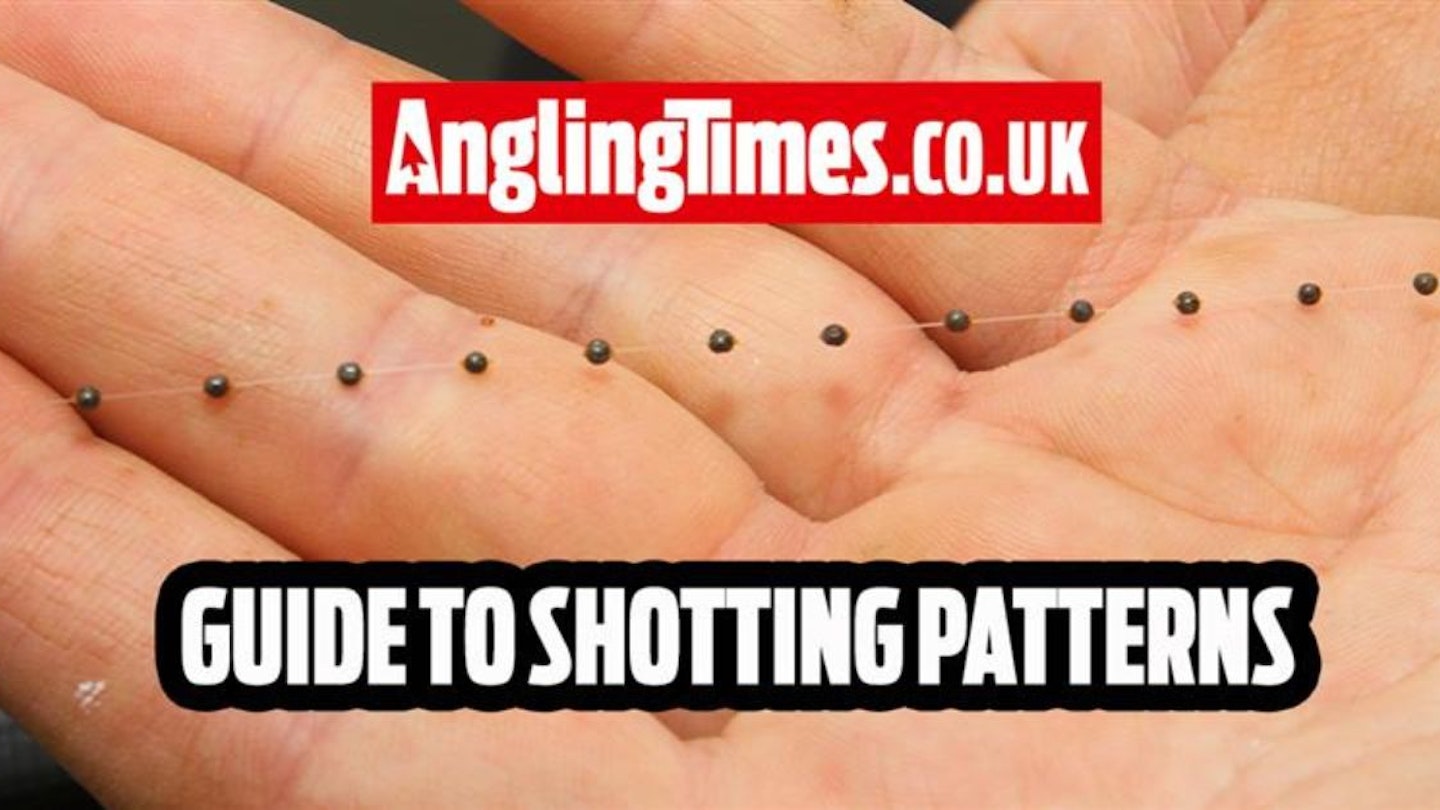A shotting pattern is the term that refers to the way an angler places shot on their line below the float. This will vary depending on how the angler wants their bait to fall through the water, and is subject to the conditions or most importantly, how the fish are feeding. Here’s our quick guide to stick float, waggler and pole float shotting patterns...

Shotting patterns
Bulk
This is where the main bulk of split shot are grouped tightly together. Its main uses are to make a waggler float sit upright in the water, or to ‘bomb’ the bait quickly down through the water in deep swims where the target fish are close to the bottom, or where smaller ‘nuisance’ fish like fingerling bleak, roach or rudd will take a slow-sinking bait before it gets down to larger, target fish.
On a waggler float you’d normally nip on size AAA or BB shot immediately below the float. Bulks of No 8 shot are most often used with pole or waggler rigs. Bulk shot on river float rigs can vary from tiny No 8s to large No 1 shot, depending on the depth and strength of the flow.
PUTTING SHOT ON IS MUCH QUICKER WITH SHOT PLIERS, OUR GUIDE TO THE BEST FISHING GADGETS CONTAINS LOADS USEFUL TACKLE ITEMS.
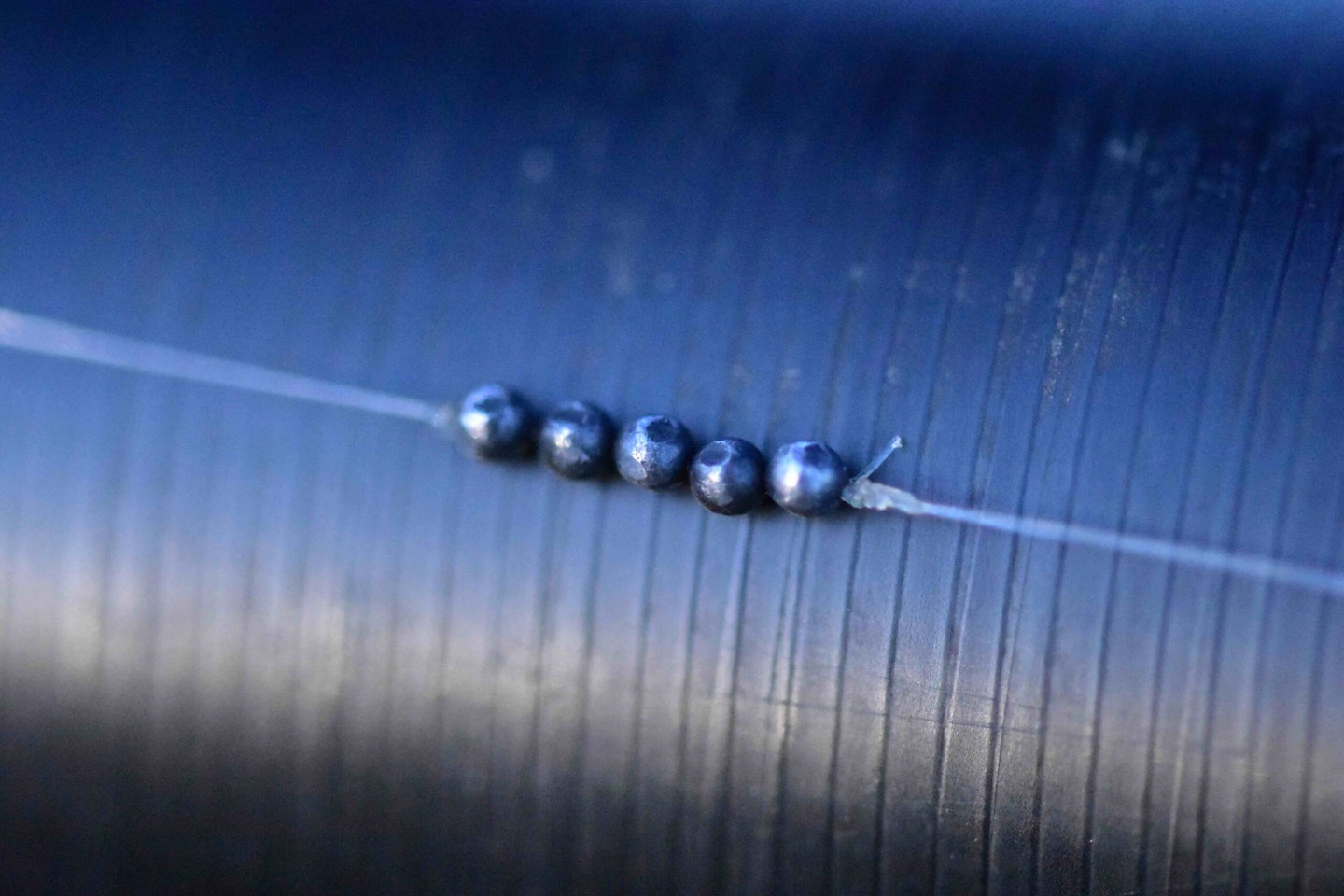
Strung out
This pattern, also known as 'shirt button', can be used on wagglers, stick floats or pole rigs. The shot are spaced equally apart – like the buttons on a shirt – to help sink the bait at a slower, controlled rate.
Number 8, 9 and 10 shot are favourite on stillwater waggler and pole floats, and No 8 and No 6 are used on stick floats. The further the distance between the shot, the slower the hookbait will fall through the water.
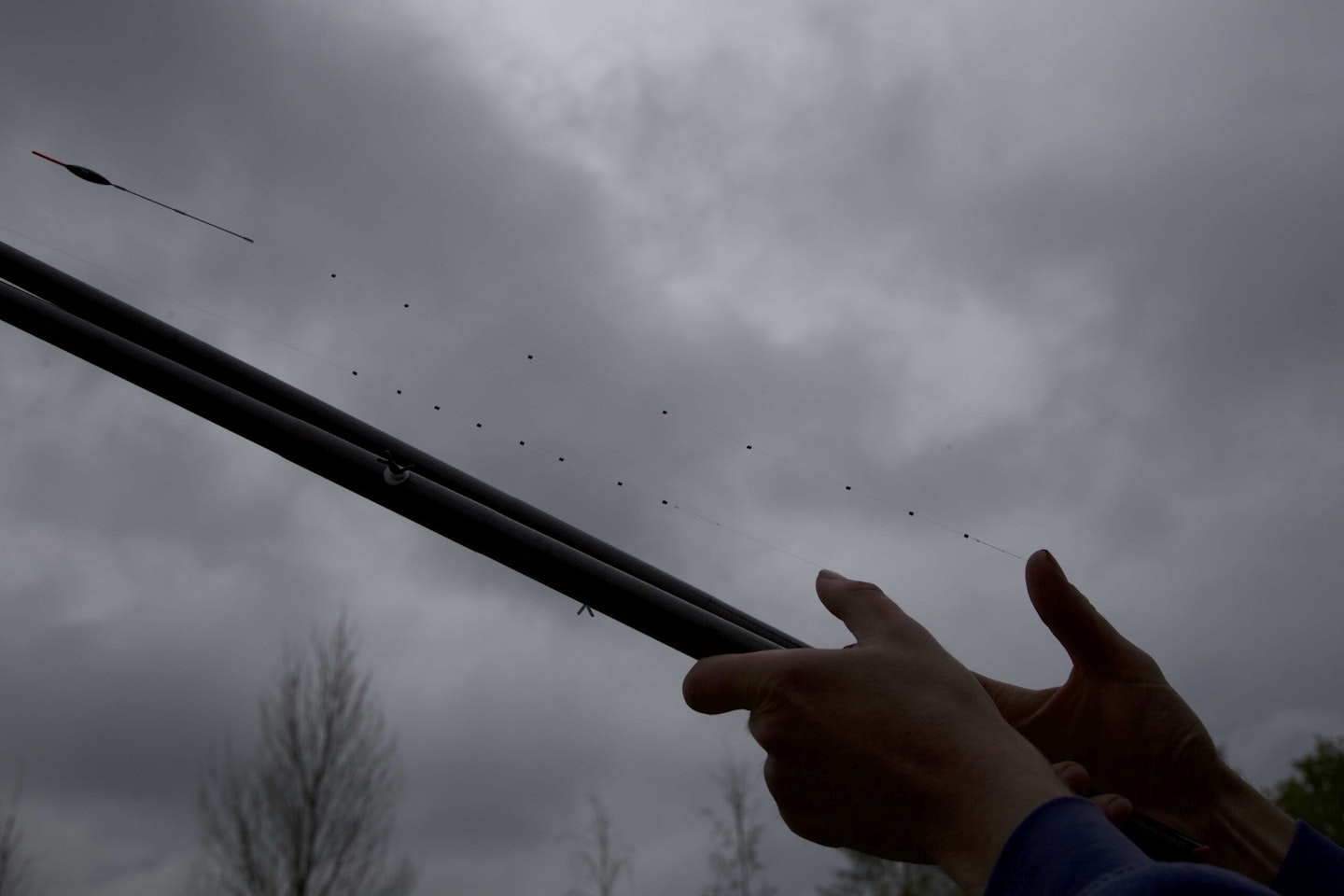
Tapered
This style of shotting has become very popular in recent years and is primarily used on pole rigs. It starts with shot fairly close together to form a bulk around halfway between the float and the hook, then shot are staggered at increasing intervals down the rig with the last shot placed at the hooklength loop. The idea being the hook bait falls quickly to get down to the fish then falls slowly through where the fish are feeding to help the bait look more natural.
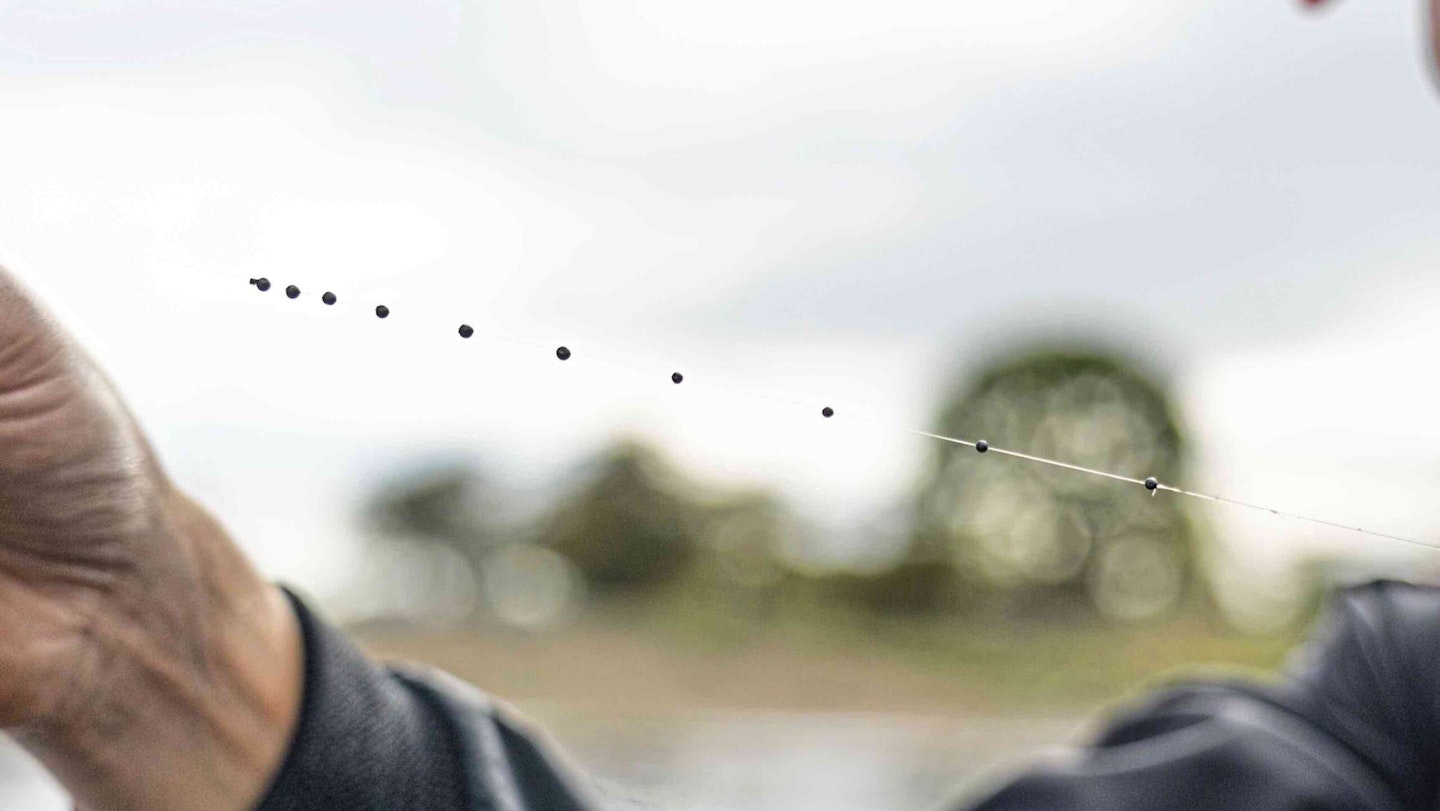
Droppers
Droppers are smaller, lighter shot positioned at intervals below the bulk shot. They sink the hookbait slowly once the heavier bulk shot has settled. Dropper shot on stillwater waggler and pole rigs are normally legal lead size 8, 9 or 10 ‘micro’ shot.
WANT TO TRY THE FLOAT BUT AREN'T SURE WHERE TO GO? OUR WHERE TO FISH GUIDE CONTAINS SOME GREAT VENUES TO TRY.
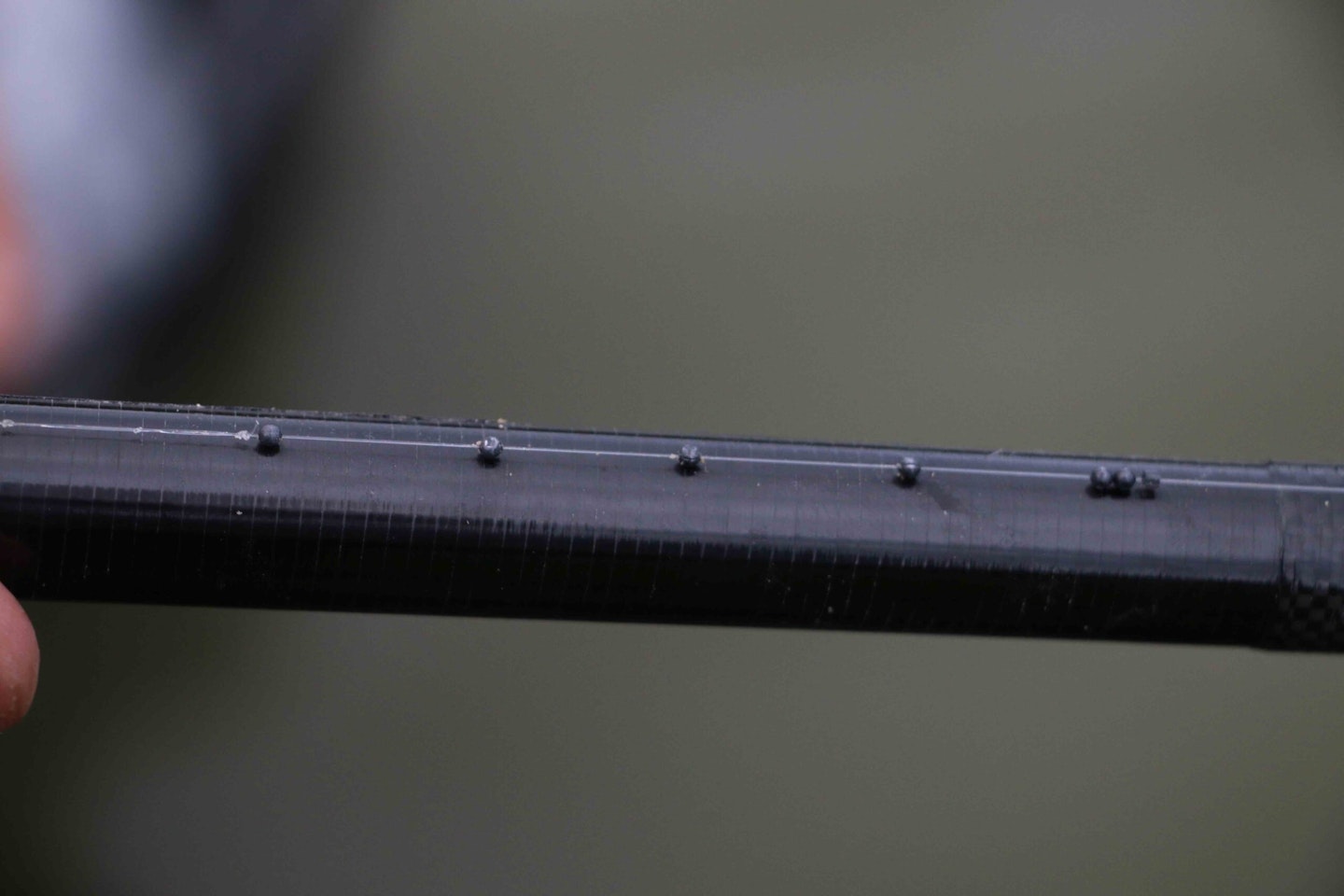
The waggler
Waggler floats are attached bottom-end only with the reel line running through a plastic or metal eye. Wagglers are locked in place by split shot nipped either side of the eye. The vast bulk of the shot must be placed around the eye in order for them to be cast accurately over long distances.
A typical 3AAA float should have two size AAA shot immediately below the eye, and one AAA shot above. A couple of No 8 dropper shot spaced equidistant between the bottom of the float and the hook will be enough to make the hookbait fall slowly and enticingly through the water. Any other weight to ‘dot’ the float tip down should be pushed directly under the lowest AAA shot.
Never place the bulk of shot needed to cock a waggler properly anywhere lower down the line than the base of the float. If you do, you won’t be able to cast far or accurately as the whole rig will be unbalanced and ‘cartwheel’ in flight.
MAKE SURE YOU'RE USING THE BEST FLOAT RODS TO GET THE MSOT FROM YOUR WAGGLER FISHING.
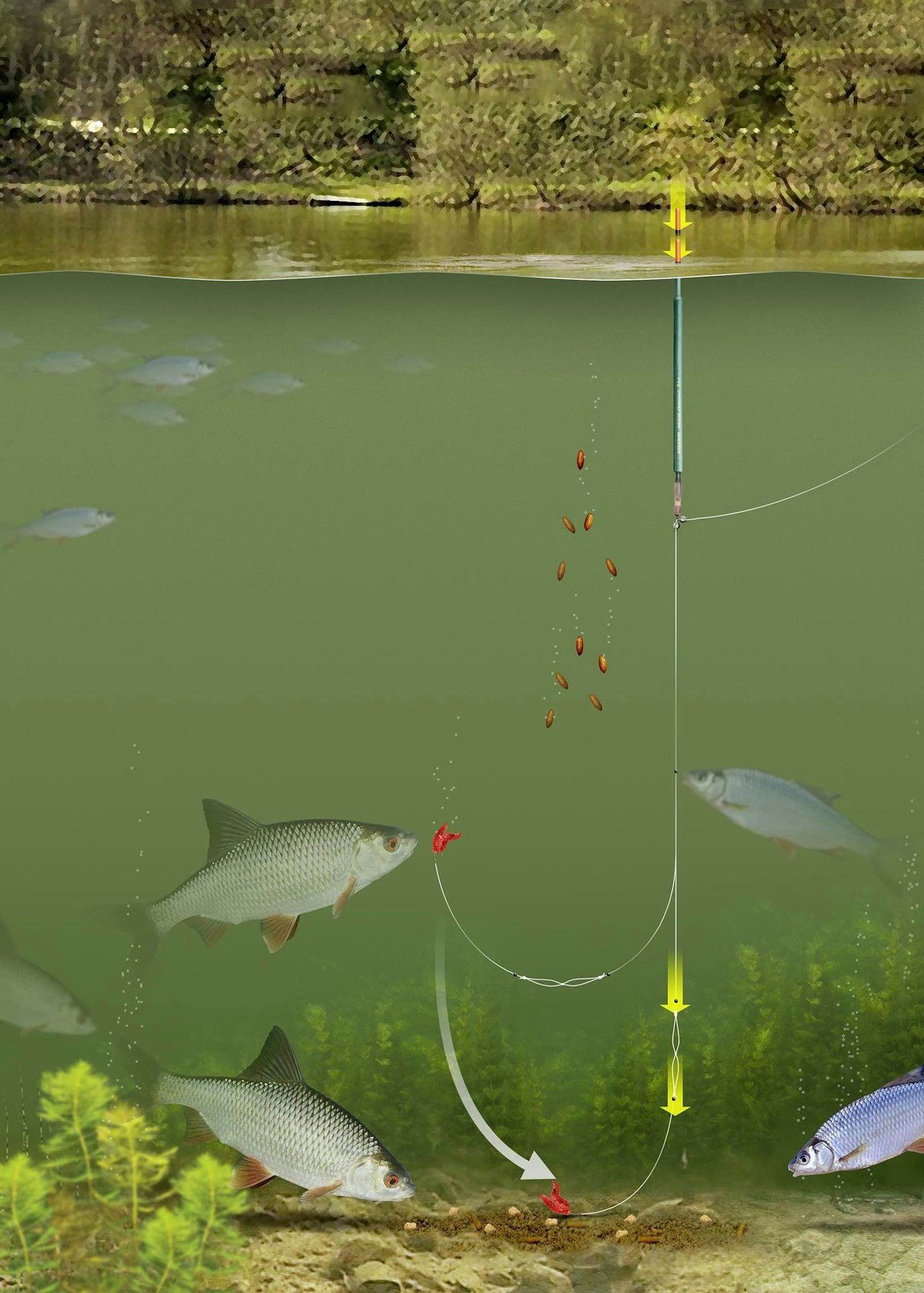
The pole
The amount of shot required to correctly shot a pole float is normally printed on the side of the float. It will either be in grams or a number like 4x14, check out our conversion chart for more information.
In deeper water, or where the fish are on, or close to, the bottom, a bulk of No 8 or No 9 shot 40cm from the hook with one or two No 10 or 11 dropper shot works best.
When you want to explore the whole water column a slow-sinking bait with strung-out No 8 or No 10 shot is the best pattern to go for.
NEED ADVICE ON CHOOSING THE BEST POLE TO USE? CHECK OUT OUR BUYERS GUIDE FOR SOME GREAT OPTIONS.
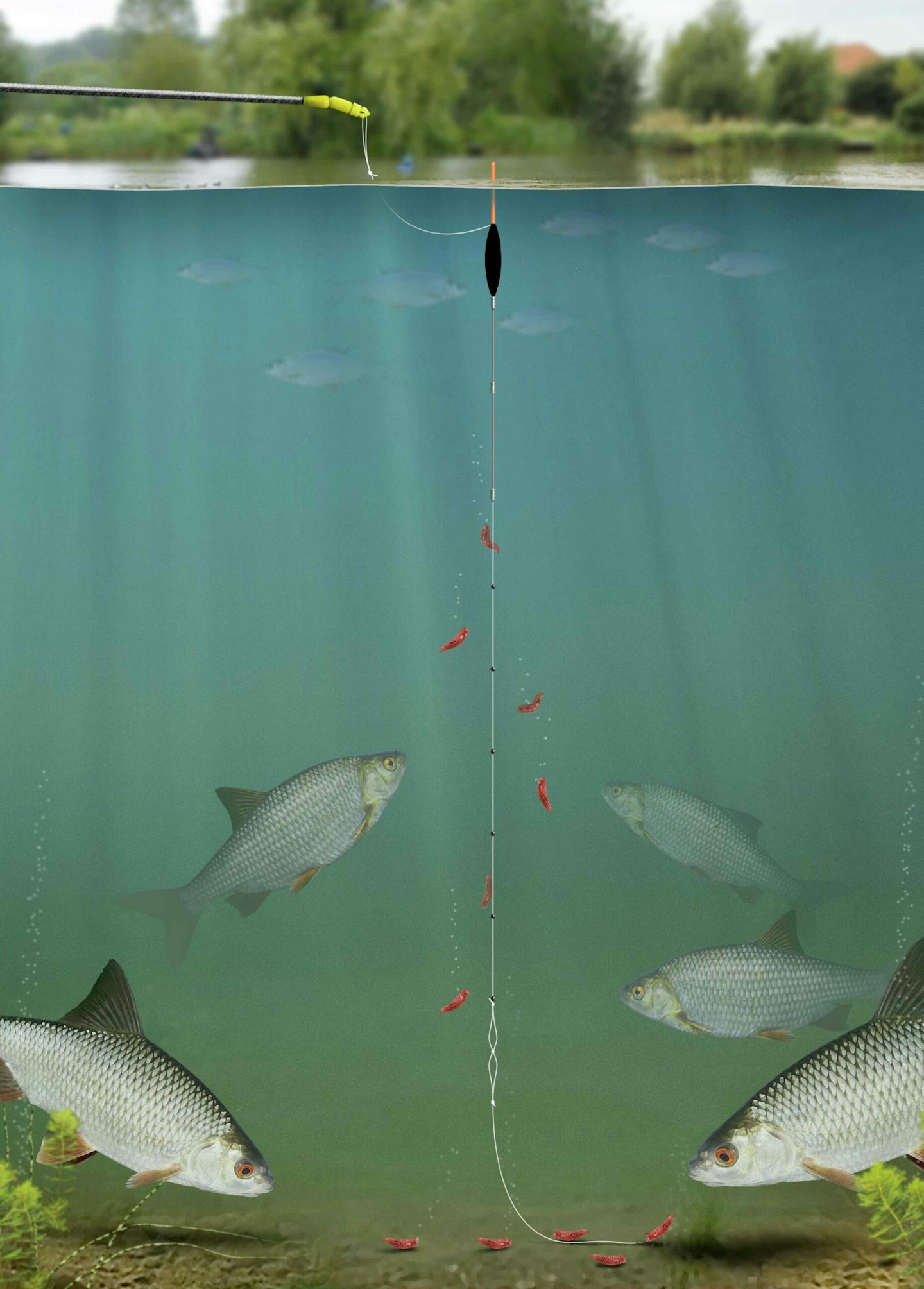
The stick float
When faced with flowing water, the stick float if generally the best option as it will allow you to present a bait naturally to the fish. Shotting patterns are very similar to the other floats mentioned, you just have to tailor it to how the fish are feeding and the depth and pace of the river.
If fish are feeding high up in the water, a strung out shotting pattern is best as it will enable the bait to fall slowly allowing fish to intercept it like theloosefeed you catapult in. If the river is deep and powerful, a bulk close to the hook is ideal, you can either use shot for this, or if you are using a particularly large float (5g+) then an olivette is a much neater option that won't damage your line like multiple shot can.
THE BEST LINES FOR FLOAT FISHING WILL MAKE CONTROLLING A STICK FLOAT MUCH EASIER.
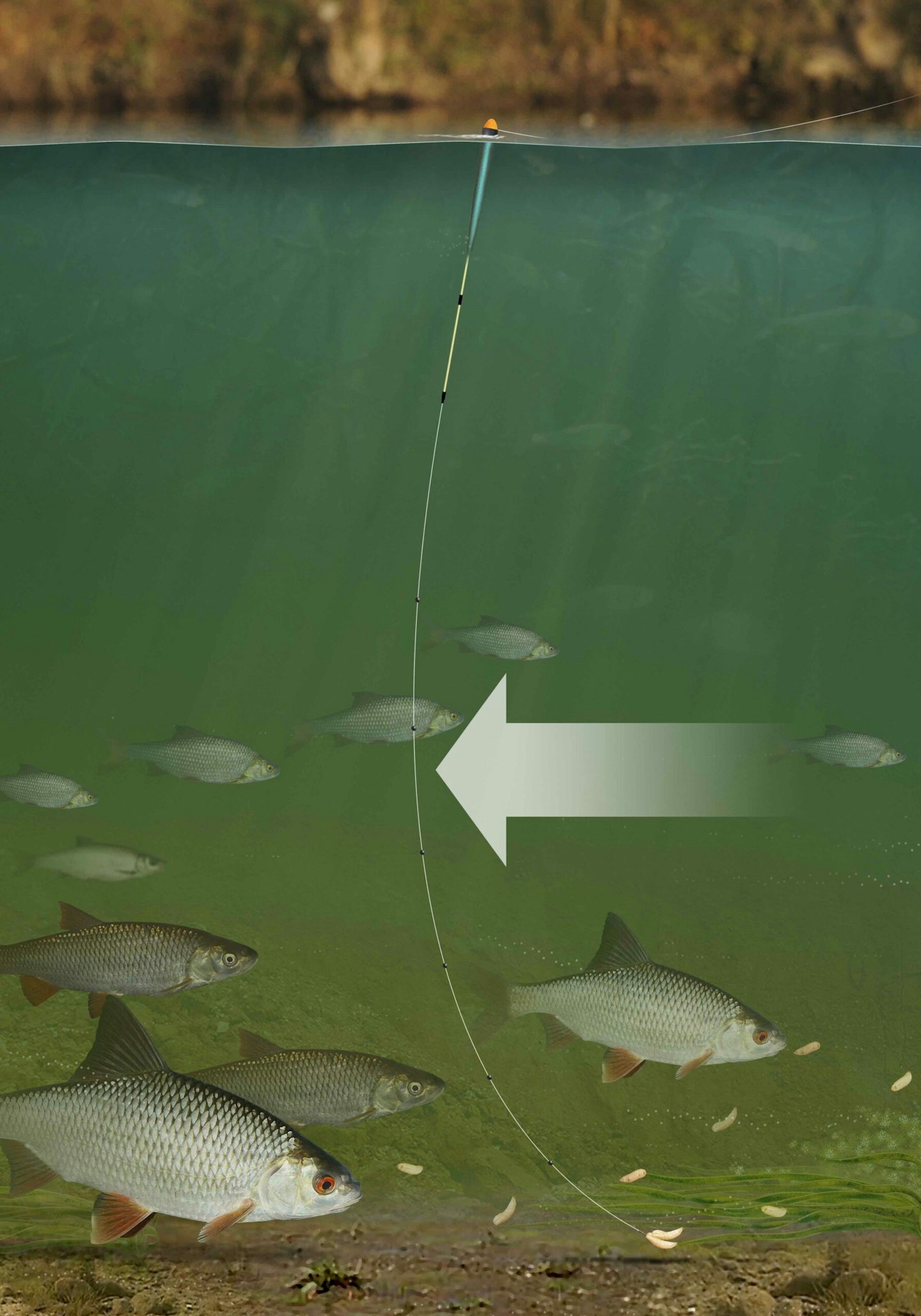
This page is a free example of the amazing content Angling Times Members get every single week. Becoming an Angling Times Member gives you access to award-winning magazine content, member rewards, our back issue archives, bonus content and more! Join our fishing community and find out more today!
